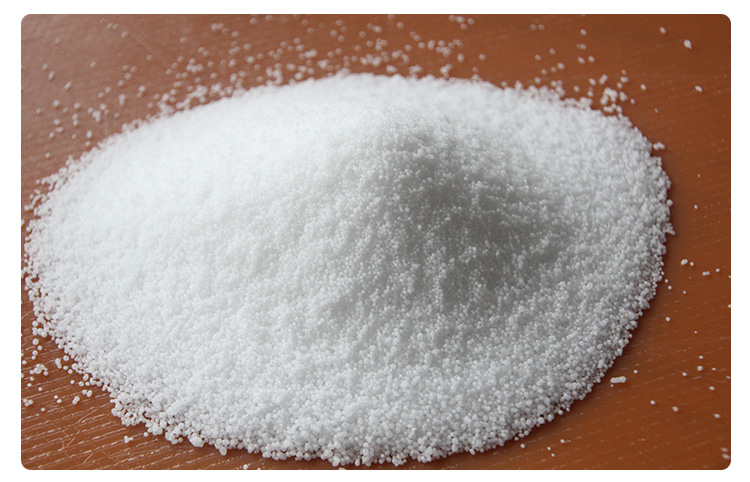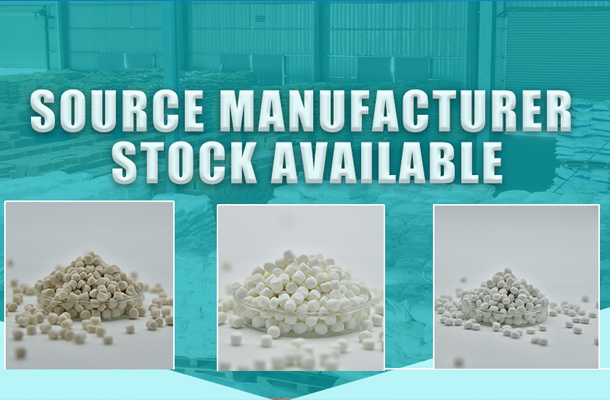Stearic acid, when added to silicone (or silicone rubber), primarily serves several functions:
Softening and Plasticizing Effect: Stearic acid interacts with the silicone matrix, reducing its hardness and glass transition temperature, thereby enhancing flexibility and elasticity. Acting as a softener and plasticizer, it improves the processability of silicone during operations like molding, extrusion, and calendaring, making it easier to handle, reducing internal stress, and enhancing surface smoothness.
Lubrication and Release Agent: Within the silicone, stearic acid acts as a lubricant, minimizing friction between the silicone and processing equipment (such as molds), facilitating the release of silicone products and reducing defects on the product surface and mold wear. This leads to increased production efficiency, reduced scrap rates, and ensures dimensional accuracy and surface finish of silicone products.
Modification and Crosslinking Promotion: Stearic acid may participate in silicone’s chemical reactions, potentially esterifying or condensing with hydroxyl groups in the silicone, forming stable cross-links and increasing the cross-link density and heat resistance of the silicone. It might also work in conjunction with certain catalysts or crosslinking agents to influence the curing process, optimizing the vulcanization properties and the final physical and mechanical properties of the silicone.
Surface Modification and Adhesion Enhancement: In specific applications, stearic acid can be used for surface modification of silicone, introducing polar groups or forming a specific surface layer that improves adhesion between silicone and other materials like metals, plastics, or fabrics, thereby enhancing the overall performance and longevity of composite materials.
Flow Aid and Dispersion Role: For silicone composites containing fillers or pigments, stearic acid can act as an internal and external lubricant, aiding in the uniform dispersion of fillers or pigments within the silicone matrix, preventing agglomeration, improving the flowability of the mix, and ensuring consistent color and performance of the final product.
It's crucial to note that while stearic acid offers numerous benefits in silicone, the amount added must be carefully controlled. Excessive amounts could lead to decreased mechanical strength, reduced weather resistance, or unwanted side reactions. In practice, the optimal amount and handling method of stearic acid should be determined through testing, considering the specific type of silicone, application, and required performance characteristics. Furthermore, factors such as the purity, form (powder or liquid), and compatibility with other additives of the stearic acid can also impact its efficacy in silicone formulations.








